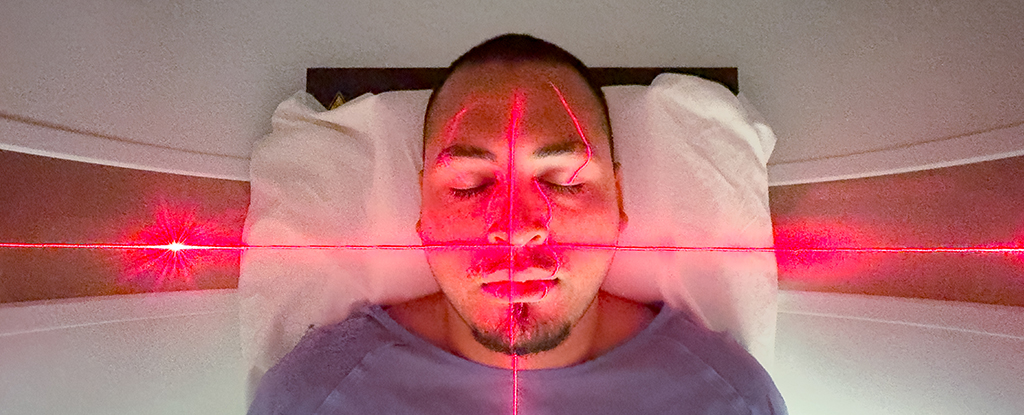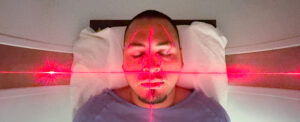
A recent clinical trial conducted in South Korea has revealed that low-dose radiation therapy (LDRT) could significantly alleviate pain for individuals suffering from knee osteoarthritis, the most prevalent form of arthritis globally. Researchers involved in the study tested the effects of LDRT on 114 participants, comparing two different doses against a sham treatment devoid of actual radiation.
The findings indicate that those receiving the higher dose of LDRT, delivered over six sessions, reported substantial improvements in pain levels, physical function, and overall condition. While some benefits may stem from a placebo effect, the results underscore the potential of LDRT as a viable treatment option for managing osteoarthritis symptoms.
Potential Benefits of Low-Dose Radiation Therapy
Osteoarthritis occurs when the cartilage protecting joints deteriorates, leading to debilitating pain. Although LDRT will not regenerate cartilage in advanced cases, it presents a promising method for symptom management, potentially enhancing the quality of life for patients.
Byoung Hyuck Kim, a radiation oncologist at Seoul National University College of Medicine, emphasized the clinical need for alternatives between medication and surgical interventions. “People with painful knee osteoarthritis often face a difficult choice between the risks of side effects from pain medications and the risks of joint replacement surgery,” he stated. “We think radiation may be a suitable option for those patients, especially when drugs and injections are poorly tolerated.”
The study’s design included a sham treatment group to distinguish the effects of LDRT while limiting the use of pain relief medication among participants, addressing a common issue in previous trials. Researchers noted that the radiation doses used were less than 5 percent of those typically administered for cancer treatments, and no radiation-related side effects were reported.
Understanding the Broader Impact
Osteoarthritis is estimated to affect approximately 595 million people worldwide, predominantly starting after the age of 40, with risk increasing as individuals age. The implications of this condition on physical capabilities and overall quality of life are significant.
While LDRT is already a recognized treatment in some countries, it is not widely used in the United States due to conflicting data regarding its efficacy. Kim noted, “For severe osteoarthritis, where the joint is physically destroyed and cartilage is already gone, radiation will not regenerate tissue. But for people with mild to moderate disease, this approach could delay the need for joint replacement.”
The results of this study were presented at the American Society for Radiation Oncology (ASTRO) Annual Meeting, highlighting the urgent need for effective treatments for osteoarthritis. As research continues, further investigations are planned to assess potential changes in joint structure resulting from LDRT, providing hope for improved management of this chronic condition.







